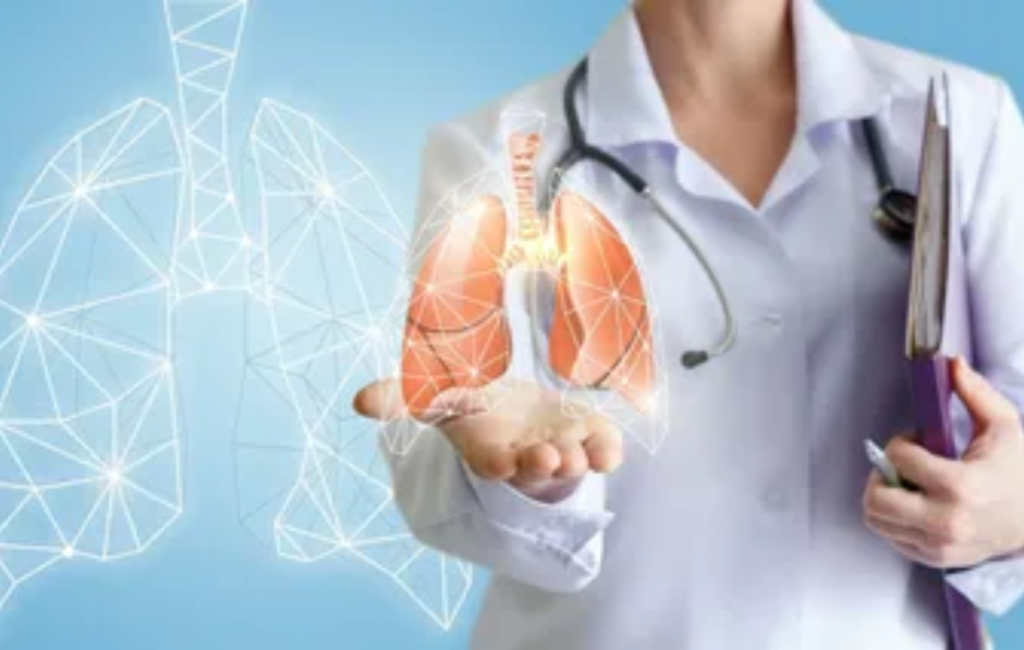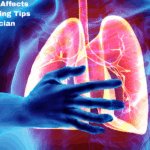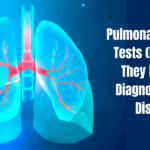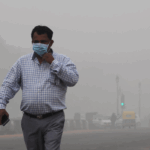
Pulmonary Tuberculosis (TB) is a severe infectious disease primarily affecting the lungs. Caused by the bacterium Mycobacterium tuberculosis, TB can lead to significant health complications if not treated promptly and effectively. This blog will explore the long-term effects of pulmonary TB on lung health and outline the recovery process.
Understanding Pulmonary Tuberculosis
What is Pulmonary Tuberculosis?
Pulmonary TB is an airborne disease spread when an infected person coughs, sneezes, or talks, releasing microscopic droplets containing TB bacteria into the air. Inhaling these droplets can lead to infection. The bacteria primarily attack the lungs but can also affect other body parts.
Symptoms of Pulmonary Tuberculosis
Common symptoms include:
- A cough that persists for more than three weeks
- Coughing up blood
- Experiencing chest pain, particularly when breathing or coughing, can be quite concerning.
- Unintentional weight loss
- Fatigue and weakness
- Fever and night sweats
- Loss of appetite
Diagnosis and Treatment
Diagnosis involves a combination of medical history, physical examination, chest X-rays, and microbiological tests such as sputum smear microscopy and culture. Treatment typically involves a six-month course of antibiotics, including isoniazid, rifampicin, ethambutol, and pyrazinamide. Following the prescribed regimen is essential for effective treatment.
Long-Term Effects on Lung Health
Even after successful treatment, pulmonary TB can leave lasting effects on lung health. These long-term consequences can vary based on the infection’s severity and treatment timeliness.
Scarring and Fibrosis
One of the most common long-term effects of pulmonary TB is lung scarring and fibrosis. The body’s immune response to the infection can cause inflammation and tissue damage, leading to scar tissue formation. This scar tissue can reduce lung elasticity, making it harder for the lungs to expand and contract during breathing.
Bronchiectasis
Bronchiectasis is another potential long-term complication. It involves the abnormal widening and damage of the bronchial tubes, leading to mucus build-up and recurrent respiratory infections. Symptoms of bronchiectasis include chronic cough, production of large amounts of sputum, and frequent chest infections.
Chronic Obstructive Pulmonary Disease (COPD)
Some TB survivors may develop chronic obstructive pulmonary disease (COPD), a progressive lung disease characterized by airflow limitation. This condition can result from the combined effects of lung scarring, bronchiectasis, and damage to lung tissue.
Increased Susceptibility to Infections
TB can weaken the lungs’ defense mechanisms, making survivors more susceptible to future respiratory infections, including bacterial pneumonia and other mycobacterial infections.
Recovery and Rehabilitation
Recovery from pulmonary TB involves more than just completing the antibiotic treatment. It requires a comprehensive approach to restore lung health and improve the overall quality of life.
Medical Follow-Up
Regular follow-up appointments with a healthcare provider are essential to monitor lung health and detect any complications early. Pulmonary function tests, chest X-rays, and sputum cultures may be conducted periodically to assess recovery progress.
Pulmonary Rehabilitation
Pulmonary rehabilitation programs can significantly aid recovery. These programs typically include:
- Exercise Training: Tailored exercise programs to improve cardiovascular fitness and muscle strength, enhancing breathing efficiency.
- Education: Information on lung health, breathing techniques, and energy conservation strategies to manage daily activities better.
- Nutritional Support: Guidance on maintaining a balanced diet to support overall health and recovery.
- Psychosocial Support: Counseling and support groups to address mental health concerns, reduce anxiety, and improve the overall well-being of TB survivors.
Breathing Exercises
Breathing exercises, such as diaphragmatic breathing and pursed-lip breathing, can help improve lung capacity and reduce breathlessness. These exercises can be practiced at home and are often recommended as part of a pulmonary rehabilitation program.
Vaccinations
Receiving vaccinations, such as the influenza and pneumococcal vaccines, can help protect TB survivors from respiratory infections that could further compromise lung health.
Summary
Pulmonary Tuberculosis can have lasting effects on lung health, including scarring, reduced lung function, bronchiectasis, COPD, and increased susceptibility to infections. Recovery requires a comprehensive approach involving medical follow-up, pulmonary rehabilitation, breathing exercises, vaccinations, and lifestyle modifications. Long-term monitoring and support are essential for maintaining lung health and preventing complications.
For expert care and guidance on managing the long-term effects of pulmonary TB, visit Dr. Yogesh Agrawal at the Best Pulmonologist Clinic in Pune, located in Thergaon. Dr. Agrawal specializes in providing personalized care and support to help TB survivors achieve optimal lung health and a better quality of life.




